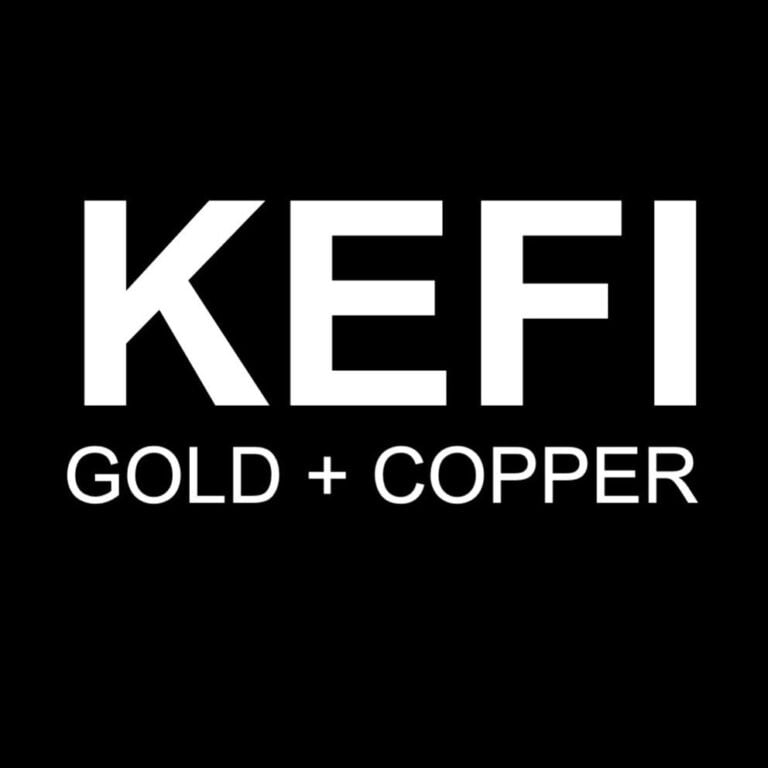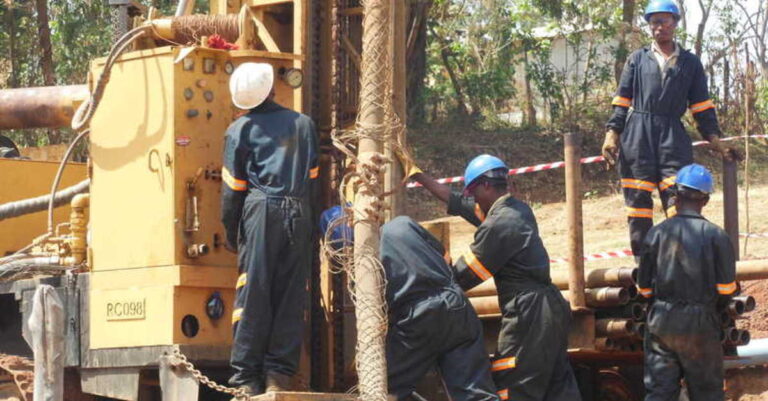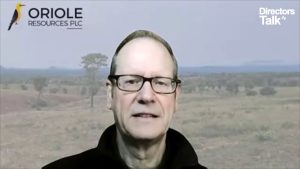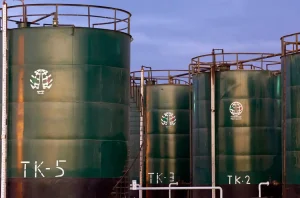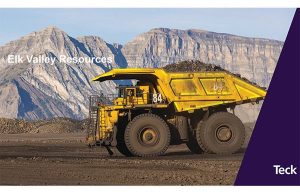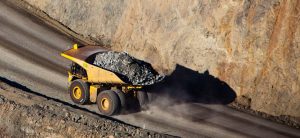A subtle shift in global currency dynamics is drawing fresh attention to copper, even as many of its metal peers falter. With the US dollar losing ground against a basket of currencies and trade negotiations lingering in uncertainty, copper’s recent uptick hints at an undercurrent of opportunity for investors tuned into long-term industrial and green-energy trends.
In the past week, three-month copper on the London Metal Exchange nudged close to the $10,000-a-ton mark, brushing levels not seen since late March, while the most-active futures contract in Shanghai climbed above 80,700 yuan a tonne, also a near four-month peak. This movement emerges against the backdrop of one of the dollar’s most sustained declines since the 1970s, driven in part by fresh worries over expanding US government deficits and a broader reassessment of greenback valuation by global investors. A softer dollar invariably lightens the local-currency cost of dollar-denominated commodities, prompting some buyers to step into markets they had been sidelined from just weeks before.
Yet copper’s trajectory diverges from many fellow industrial metals. Nickel, zinc and lead have largely retreated under current market pressures, underscoring copper’s distinct positioning. Beyond mere currency mechanics, there is growing anticipation around upcoming economic releases, including manufacturing purchasing managers’ indices from Europe, the US and Asia, and the US Institute for Supply Management’s factory report, that investors view as potential catalysts for fresh demand signals. A series of central-bank meetings looming on the calendar add another layer of intrigue, with monetary policy tweaks still capable of swinging international trade flows and financing costs for large infrastructure projects.
Overlaying the pure supply-and-demand picture is the wider tapestry of US-China commercial relations. Recent declarations from US officials suggest progress in resolving rare-earth mineral shipments, adjustments to an earlier pact reached in Geneva and hints at potential tariff renewals beyond the July 9 deadline. Copper, often cast as a bellwether for economic activity, responds not only to the ebb and flow of manufacturing but also to the psychological pulse of geopolitics. Any fresh barriers to trade or fiscal policy shifts could recalibrate forecasts for consumption in key regions such as Europe and East Asia.
Meanwhile, infrastructure spending plans backed by several governments, particularly those targeting clean-energy installations and electric-vehicle networks, remain a cornerstone of copper’s longer-term appeal. As power grids transition towards renewables and automakers roll out new electric models, copper demand fundamentals stand apart from cyclical metal markets. For investors weighing sector allocations, copper’s blend of industrial indispensability and relative price momentum offers a unique risk-reward profile. The current reprieve from price underperformance among other base metals invites a closer look at how supply constraints, notably production bottlenecks in South America, might amplify any rally.
In such an environment, metal traders and portfolio managers are watching both macroeconomic indicators and headline risk around trade diplomacy. Should the dollar’s slide deepen, and if US-China discussions stave off punitive tariffs, copper could extend its gains into what had been quieter spring months. Conversely, any abrupt shift in fiscal or trade policy could snap markets back to a more defensive stance. For committed investors, blending tactical exposures with a strategic view on energy transition projects may be the most prudent course.
Copper’s recent manoeuvring illustrates a broader lesson for commodities investors: even in a period of mixed signals, shifts in currency valuation and policy trajectories can create openings in specific markets. By threading together data on government deficits, trade developments and the industrial outlook, it becomes possible to discern where copper stands in a diverse metals landscape. As other base metals wrestle with headwinds, copper’s quiet ascent invites a reassessment of traditional risk allocations within resource-focused portfolios.
Copper is a fundamental industrial metal essential for electrical wiring, construction and renewable-energy infrastructure, making it a key barometer for global economic health and a core component of long-term investment strategies.
London-listed company KEFI Gold and Copper plc (LON:KEFI) is an exploration and development company focused on gold and copper deposits in the highly prospective Arabian-Nubian Shield. The Company operates in Ethiopia and Saudi Arabia with projects including Tulu Kapi project, Jibal Qutman EL and Hawiah.


